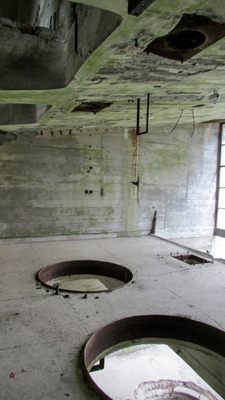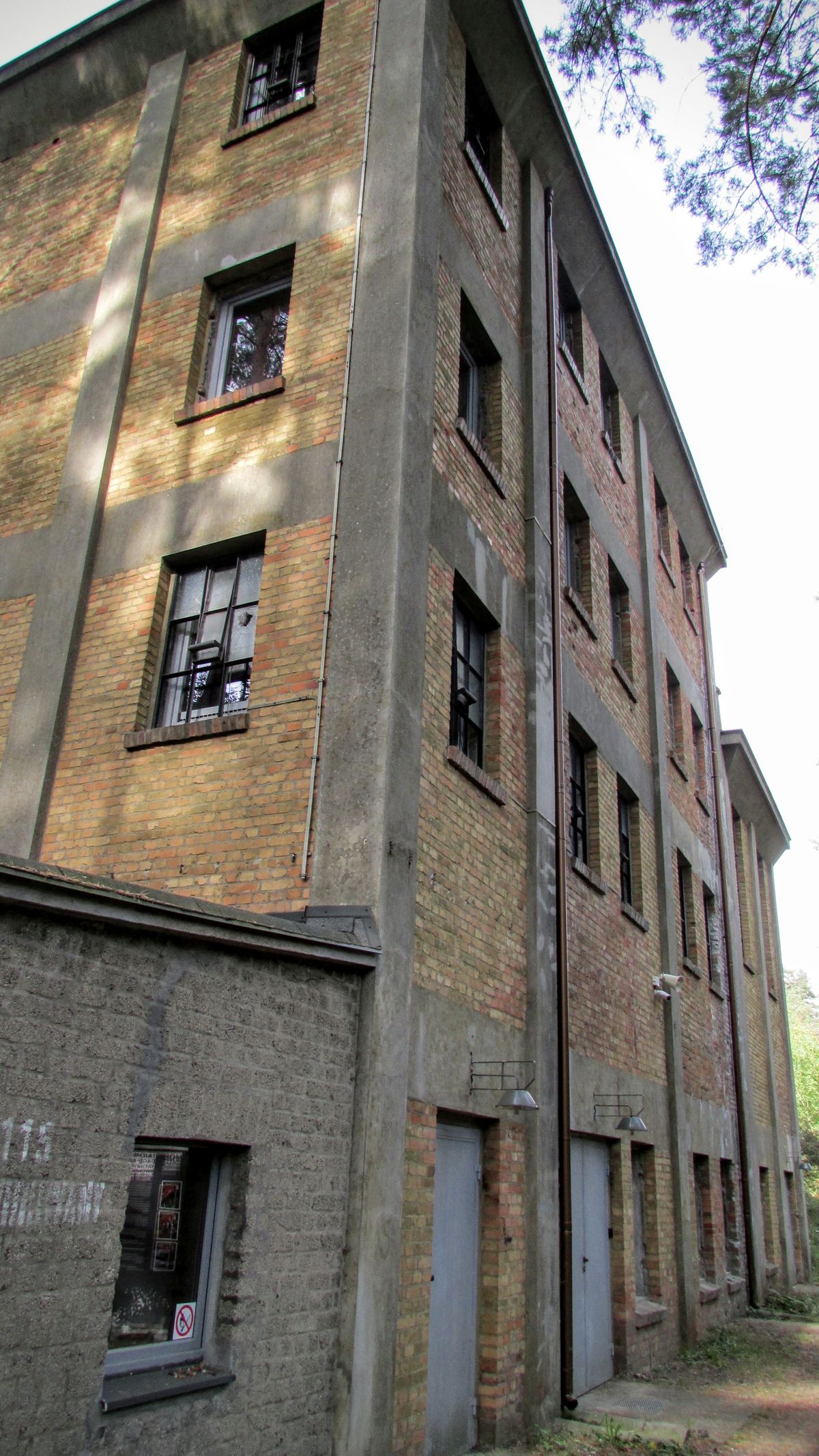About
Outside of one of Poland’s largest cities, down an old dirt path in the middle of a forest, are the abandoned remains of one of Nazi Germany’s largest ammunition plants. Today, it’s been turned into an underground museum.
In 1876, Alfred Nobel & Company changed its name to Dynamitaktiengesellschaft (DAG). Alfred Nobel & Co was founded just eleven years prior by its namesake and successfully developed the stable explosive, dynamite, launching Nobel and his company to eternal fame.
Fast forward more than half a century to World War II and the German company’s primary products had switched to explosives and ammunition for the Nazi military. In occupied Poland in 1939, with the aid of Nazi government grants, DAG began construction on a new facility outside of Bydgoszcz with the primary purpose of increasing production and aiding the war effort.
Over the next 6 years more than 1,000 buildings, 400km (250 miles) of underground passageways, and 40km of underground railroads were built over a 23 square acre site. Some 30,000 to 40,000 workers, many from local concentration camps and Poles from surrounding villages, were forced to build the massive compound and its dangerous merchandise.
The spread layout and underground character of the factory had two purposes: to provide camouflage from spy planes and to provide protection and safeguard other buildings in case of an in-line explosion. Many of the underground tunnels and buildings still remain, and have recently been turned into an eerie, walkable museum.
The expansive character of the museum happens along a 2km route and follows dimly lit underground tunnels through various ammunition production facilities where visitors learn about Alfred Nobel, his company, the events leading up to the war and life for Polish residents during German occupation. It continues with exhibits on the forced laborers, weapons used during the war, and a history of major conflicts. One of the final rooms finishes on a somber note as it touches on the future of modern war and the world annihilating weapons that could destroy us all.
Related Tags
Know Before You Go
The museum is not difficult to get to by car or public transportation by bus. Line 68, runs several times a day. It is a 30 minute ride from the first stop, Leśne, then a 10 minute walk down a dirt road. By taxi from the main station, it should cost 35-45zł with normal rates and takes around 20-25 minutes. A bike path also reaches the entrance from the main town.
It has varying open days and times dependent upon the season. A self guided tour takes approximately 1-2 hours, though most of the signage is in Polish. Guided tours are also available but must be booked in advance. Typically, there are four a day. Small children, under the age of six, are not allowed in the museum compound.
Published
November 10, 2016













































